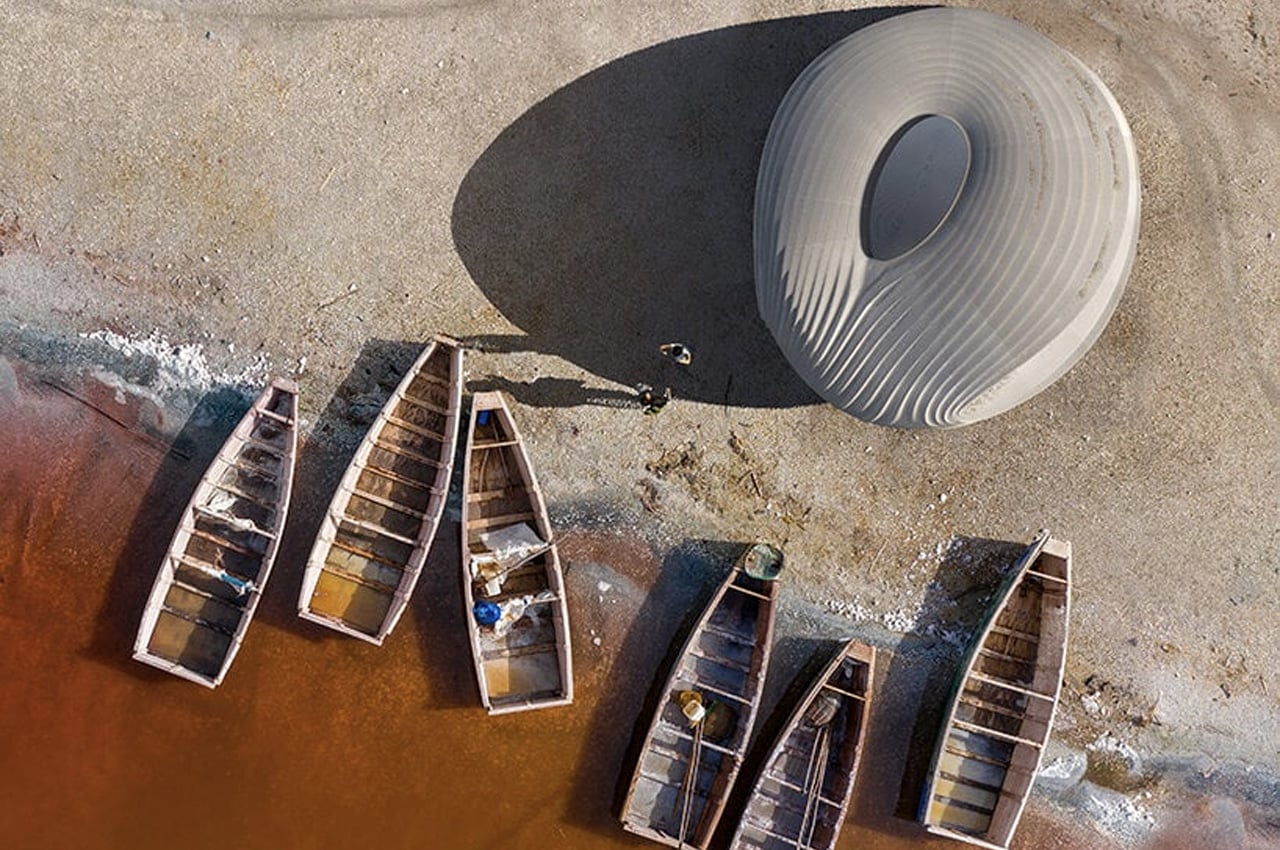
International architecture studio Hassell teamed up with creative collective to.org and 3D printing studio Nagami to create an astounding prototype for a 3D-printed public pavilion. What makes the pavilion super interesting, is the fact that it’s built using recycled plastic. “The design is the beginning of a larger plan to create a series of pavilions that encourage conversations around material waste and how technology can solve our planet’s most urgent problems,” said Hassell.

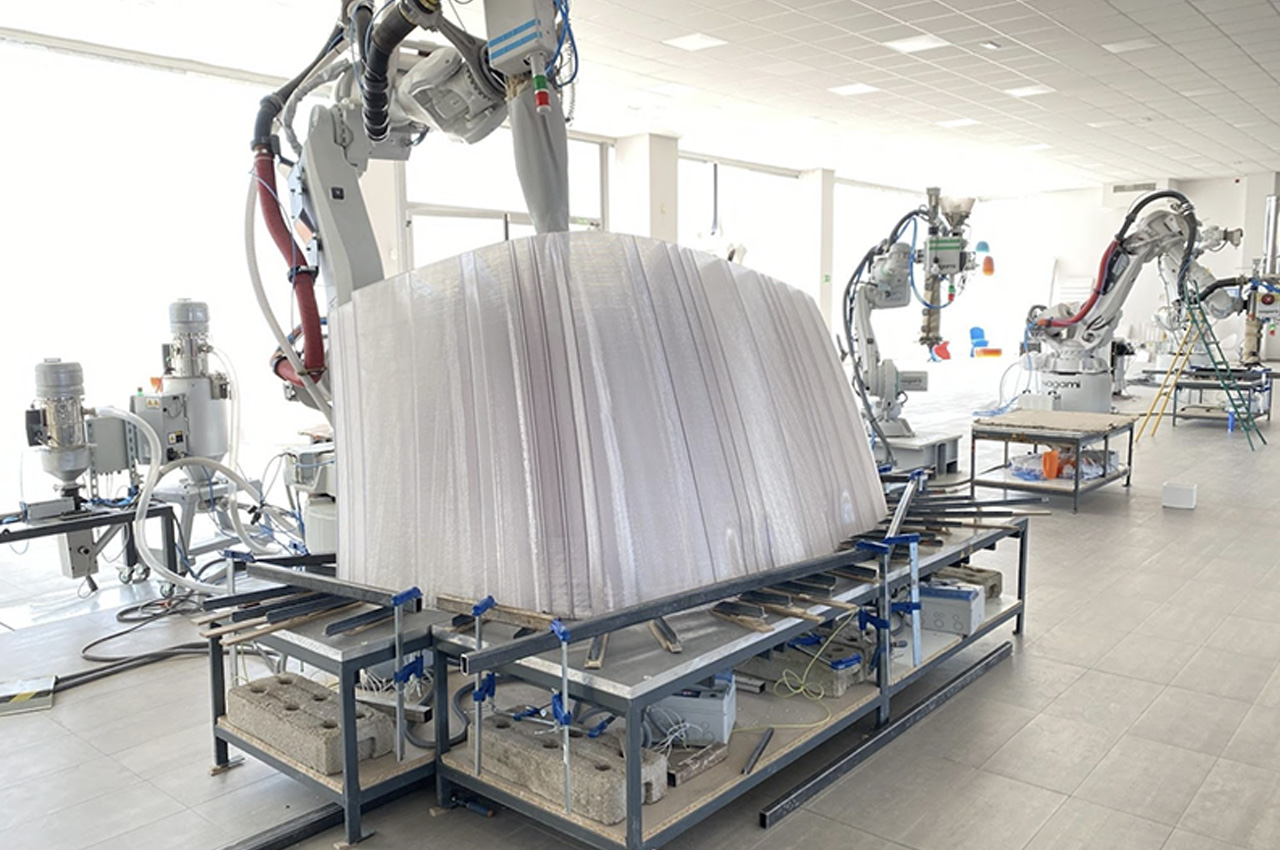
The 3D-printed pavilion is inspired by indigenous shelters, and functions as a gathering or meeting point for education, reflection, and knowledge. The pavilion can be customized and modified to adjust to a whole range of different climates and settings. The idea for the pavilion was created by Hassell’s Head of Design, Xavier De Kestelier, Manuel Jimenez Garcia, founder of Nagami, an additive manufacturing specialist, and Nachson Mimran, Co-founder & Creative Executive Officer of to.org. They wanted to combat the issue of plastic and create a new way of viewing plastic as a construction material.
Manuel Jimenez Garcia said, “We have more than 5 billion metric tons of plastic waste on our planet. As 3D printing scales up into architecture and construction, we can massively increase the demand for recycled plastics and speed up the cleaning process of our oceans and landfills. We hope this project will contribute to inspiring a new generation of architects to truly believe that a radical change in construction, driven by eco-innovation, is truly possible.”


They utilized computational techniques and 3D printing for fabrication. This ensured that the public pavilion can be customized and modified without incurring any extra cost and allowing it to withstand the local climatic conditions. “The Pavilion pushes the boundaries of 3D printing to create full-scale functional architecture. 3D printing allows higher geometrical freedom compared to most traditional methods of manufacturing. Setting a precedent for the future of design, this architectural freedom allowed the designers to shape the pavilions so that they operate with minimal energy and off the grid,” said the architecture studio.
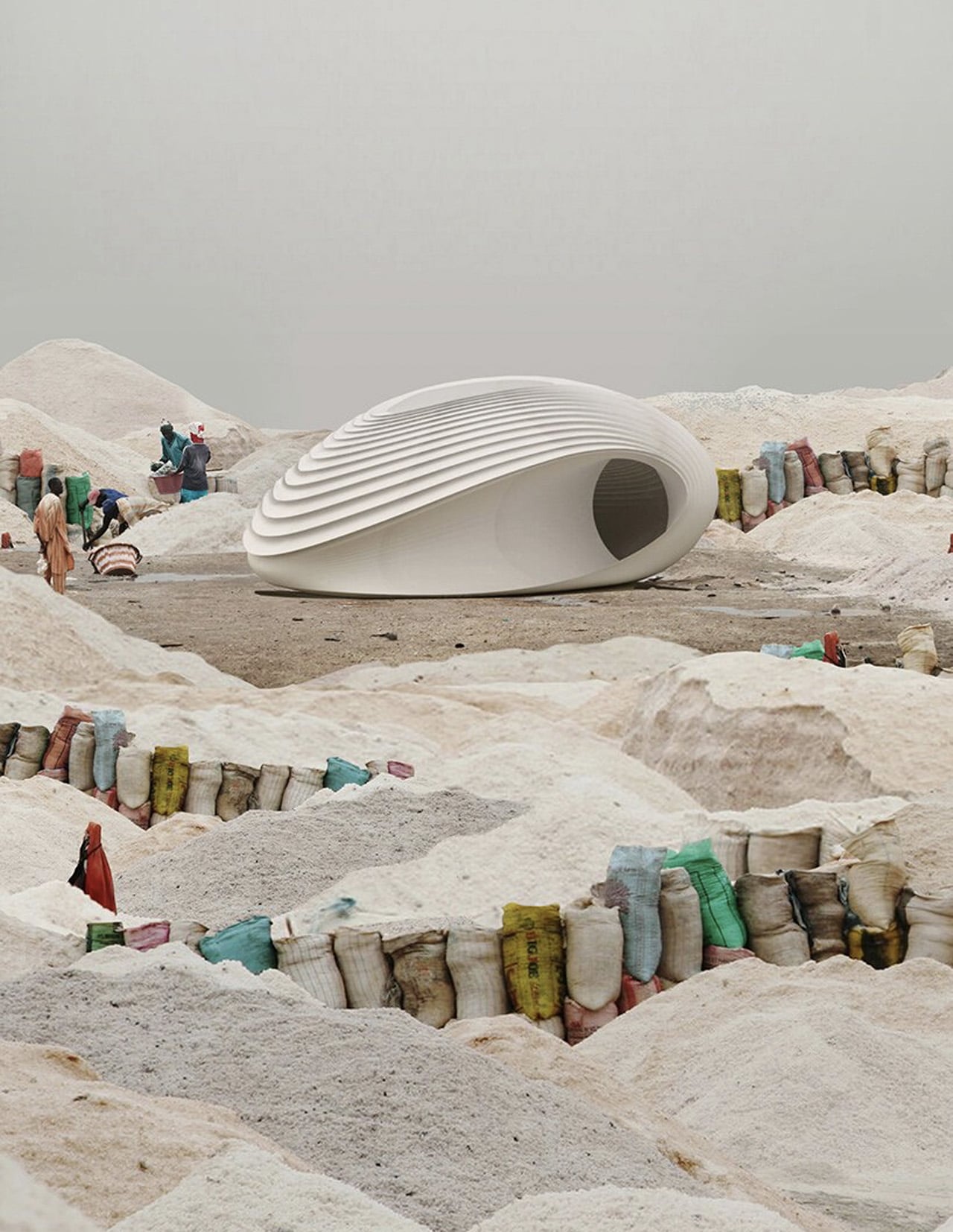
The 3D-printed pavilion can be easily and efficiently transported and assembled on-site as it comes in 24 individual pieces. Inspired by indigenous shelters, the pavilion is designed to sustainably and efficiently handle harsh temperatures. In case of cold climates, the pavilion will feature an outer skin equipped with fins that are meant to capture snow and provide natural insulation. Whereas in hotter climates, those same fins will provide natural cooling, passive cooling, water harvesting, and cross ventilation.
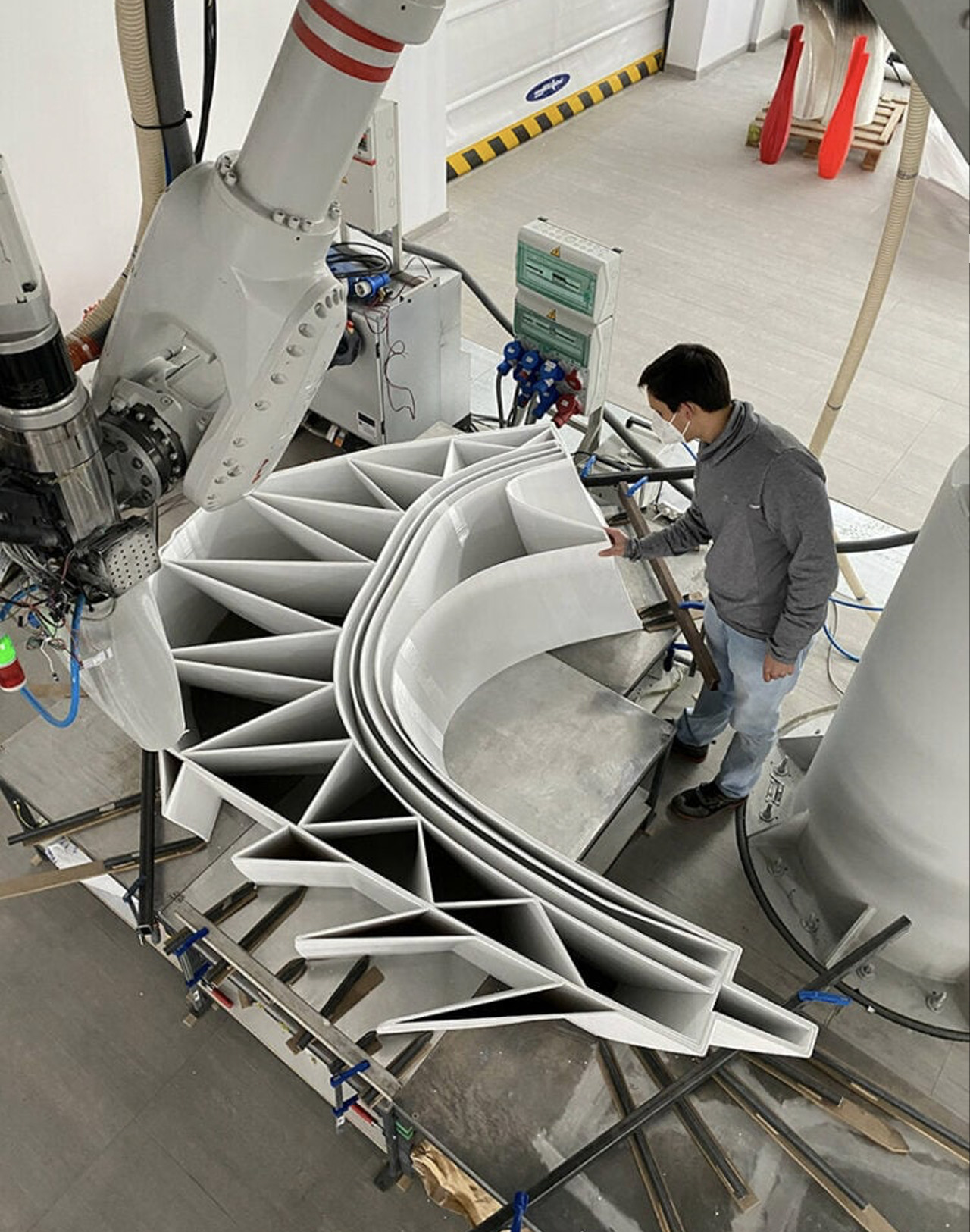
The post This 3D-printed pavilion is inspired by indigenous shelters & can withstand extreme climates first appeared on Yanko Design.



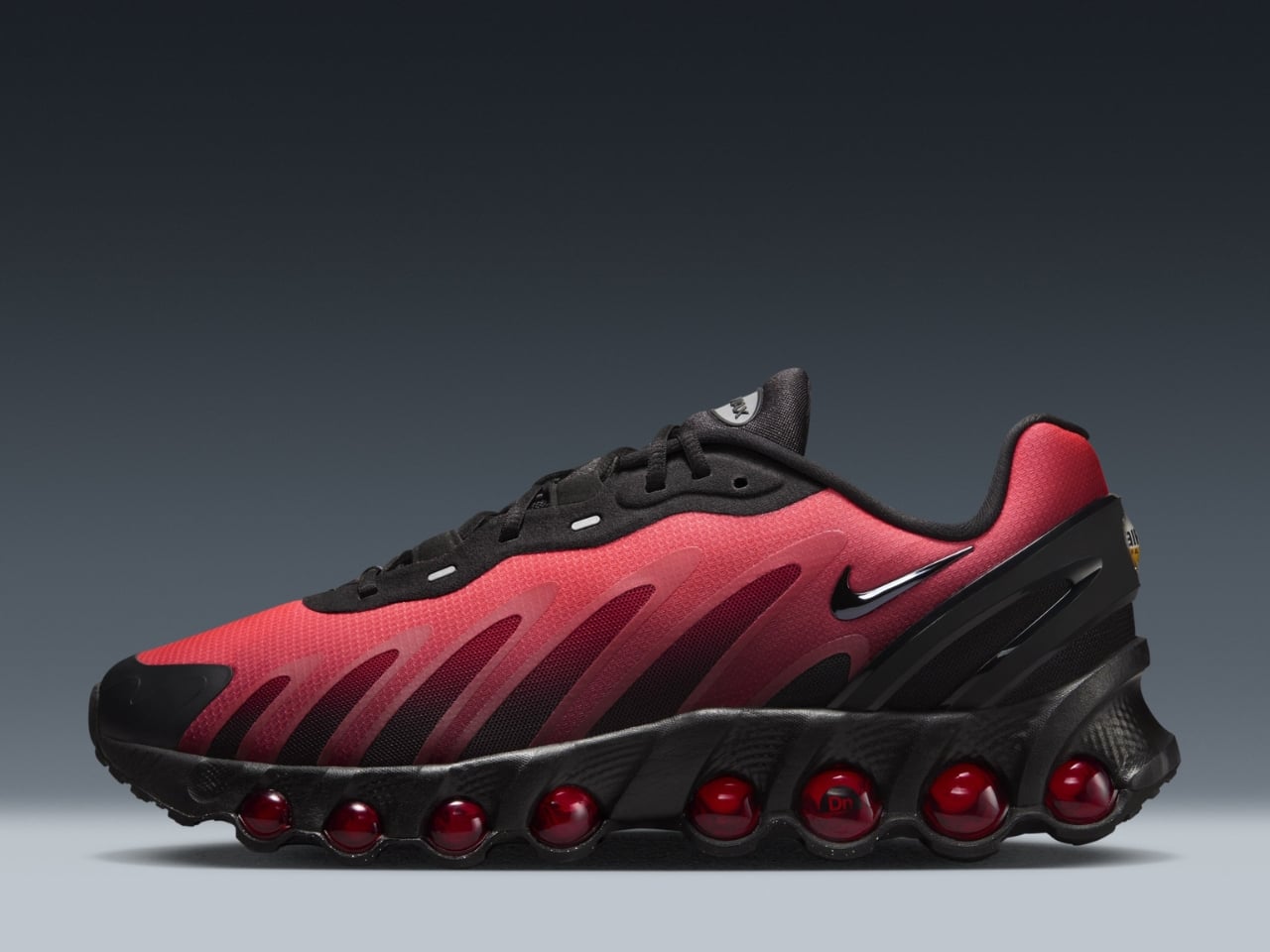
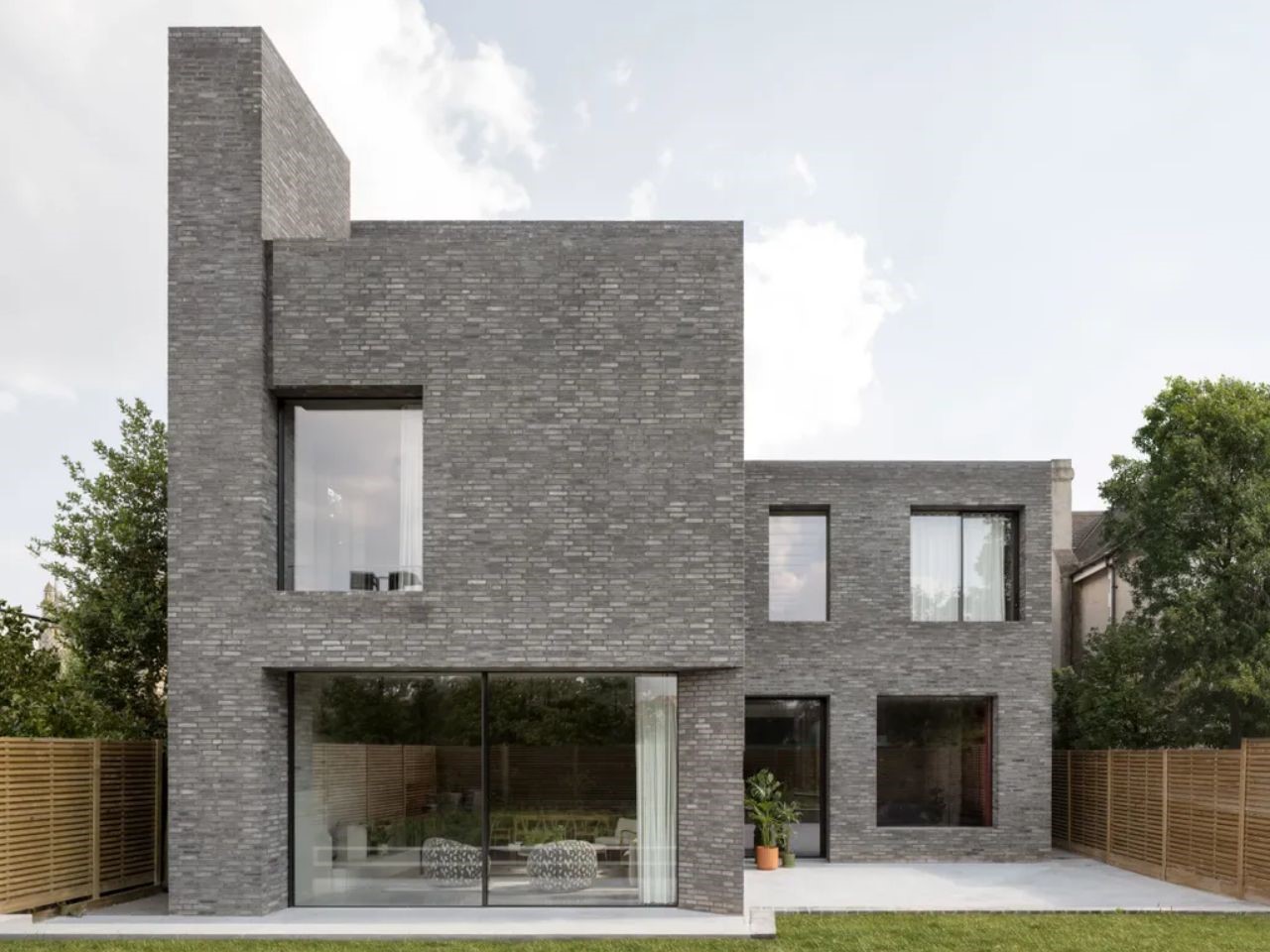

0 Commentaires